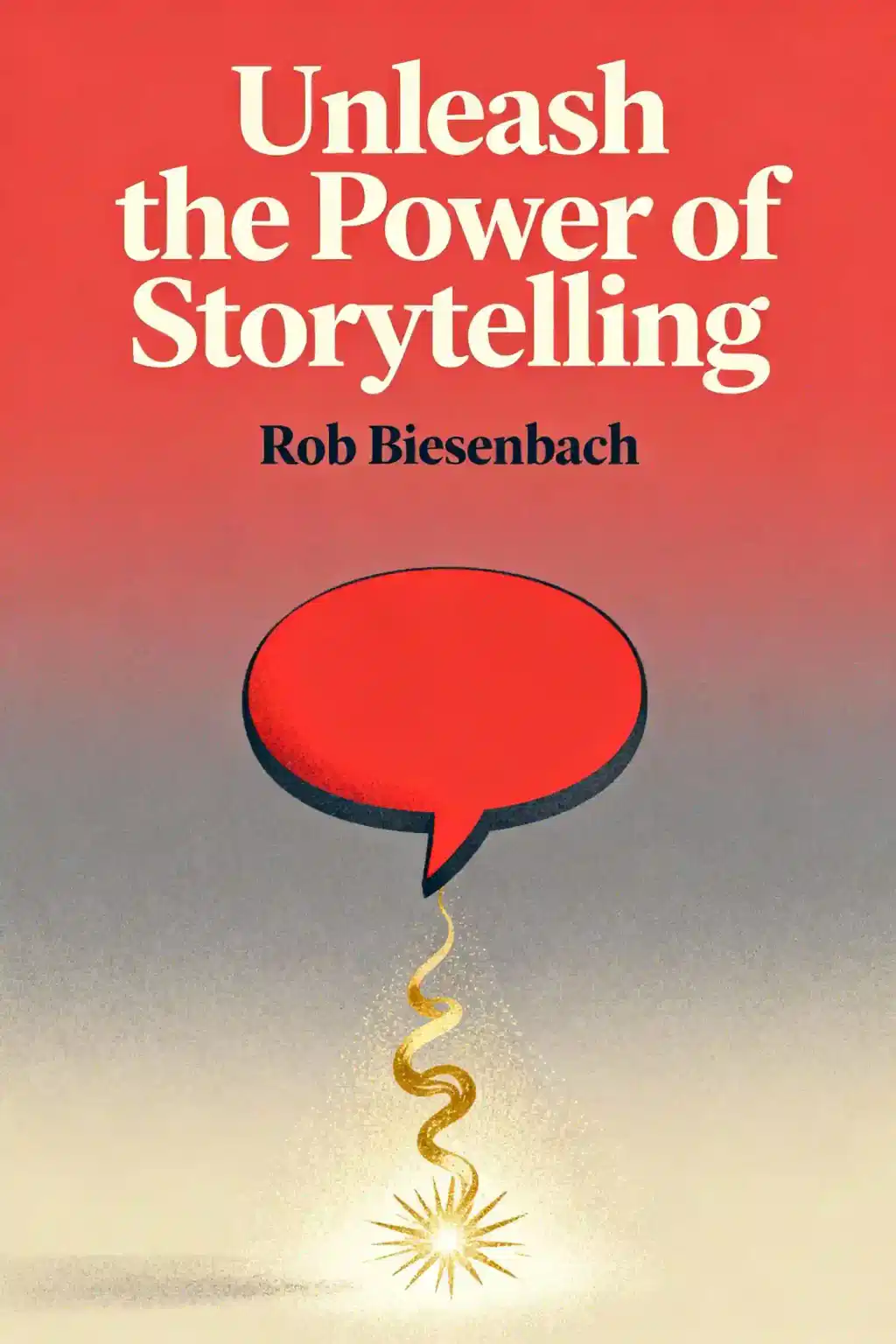What is
Story Driven by Bernadette Jiwa about?
Story Driven explores how businesses can succeed by prioritizing purpose-driven narratives over market competition. Bernadette Jiwa argues that authentic storytelling rooted in values, vision, and backstory fosters deeper customer connections and lasting impact. The book provides a framework (Strategy, Vision, Purpose, Values, Backstory) and real-world examples from companies like Tesla and IKEA to illustrate how storytelling defines identity and drives decisions.
Who should read
Story Driven?
Entrepreneurs, marketers, and business leaders seeking to differentiate their brands through authenticity will benefit most. It’s ideal for those tired of reactive strategies and eager to build emotionally resonant, purpose-driven organizations. Jiwa’s actionable insights also appeal to creatives and innovators aiming to align their work with a meaningful narrative.
Is
Story Driven worth reading?
Yes, especially for its concise, practical approach to brand storytelling. At just 153 pages, Jiwa avoids fluff, offering clear frameworks and 15 case studies to demonstrate how stories shape business identity. Readers praise its emphasis on long-term values over short-term trends, calling it a “guide for creating impact”.
What is the story-driven framework in
Story Driven?
Jiwa’s framework includes five elements:
- Backstory: The foundational history of a brand.
- Purpose and Values: Core reasons for existing and guiding principles.
- Vision and Strategy: Future goals and plans to achieve them.
This structure helps businesses align actions with their authentic narrative, ensuring consistency across decisions.
How does
Story Driven differ from competition-driven strategies?
While competition-driven businesses focus on outperforming rivals, story-driven companies prioritize customer connection and internal purpose. Jiwa argues that authenticity—not market benchmarks—builds loyalty and sustainability. For example, Tesla’s vision of sustainable energy transcends automotive rivalry, creating a distinct identity.
What are key quotes from
Story Driven?
- “Your business is the byproduct of your story”: Emphasizes that identity drives outcomes.
- “The one thing you have that nobody else has is you” (Neil Gaiman): Highlights uniqueness as a strategic asset.
Both quotes underscore the book’s focus on authenticity.
Does
Story Driven include real-world examples?
Yes, Jiwa analyzes 15 companies, including Tesla, IKEA, and Michelin. These case studies show how story-driven strategies create differentiation. For instance, IKEA’s vision of “creating a better everyday life” informs product design and customer experience, not just marketing.
How can
Story Driven help with brand strategy?
The book teaches businesses to anchor decisions in their core narrative, ensuring consistency in messaging, product development, and customer engagement. By focusing on “why they exist,” brands like Patagonia attract loyal audiences without directly competing on price.
What are criticisms of
Story Driven?
Some readers note the framework requires existing clarity about a brand’s purpose, which newer businesses might lack. Others wish for more step-by-step guidelines. However, the case studies provide adaptable templates for diverse contexts.
Why is
Story Driven relevant in 2025?
As consumers demand transparency and social responsibility, Jiwa’s emphasis on values-driven storytelling aligns with trends toward ethical branding. The rise of AI-generated content also makes human-centric narratives more critical for differentiation.
How does
Story Driven compare to
Building a StoryBrand?
While both focus on storytelling, Donald Miller’s Building a StoryBrand emphasizes customer-centric messaging tactics. Jiwa’s approach is more philosophical, linking narrative to organizational identity and long-term strategy rather than immediate marketing wins.
What are alternatives to
Story Driven?
For complementary reads, consider:
- This Is Marketing by Seth Godin (community-focused storytelling).
- Made to Stick by Chip Heath (crafting memorable messages).
- The Art of Possibility by Rosamund Stone Zander (innovation through mindset shifts).














